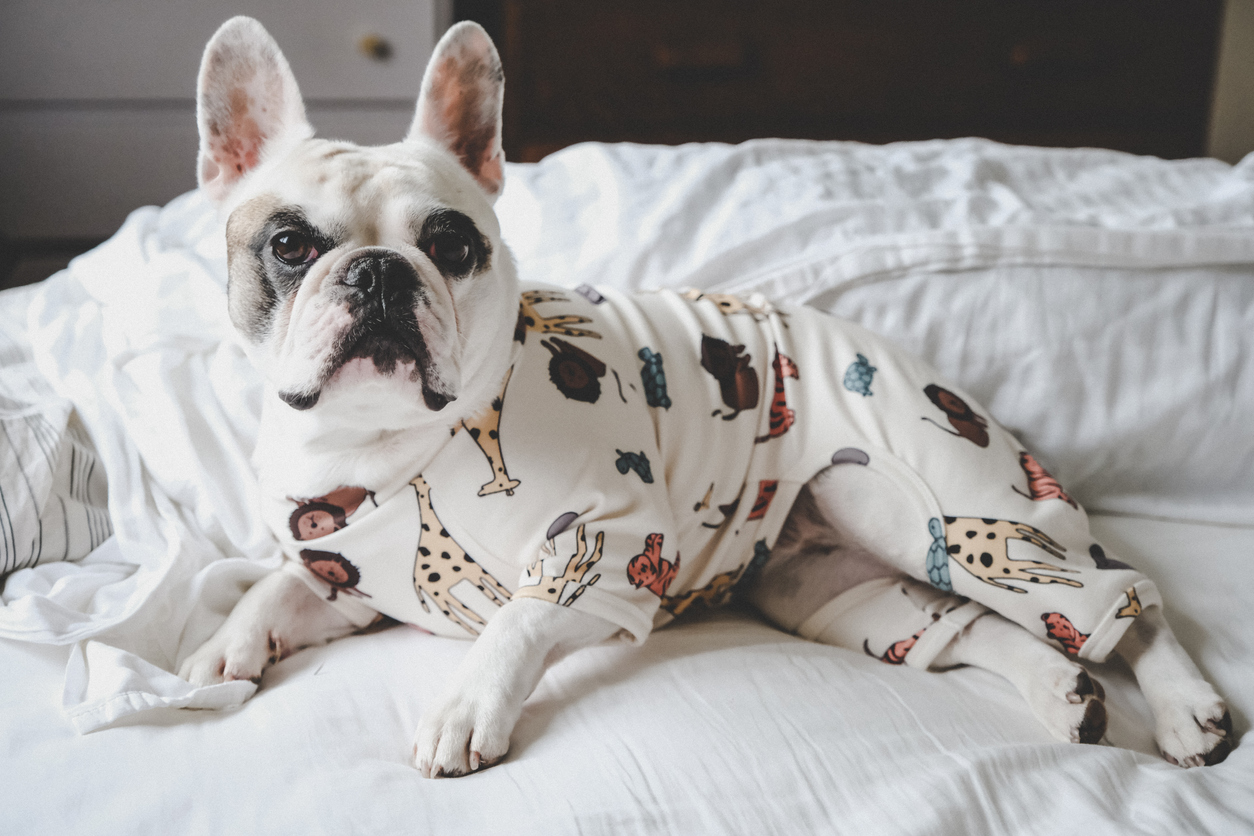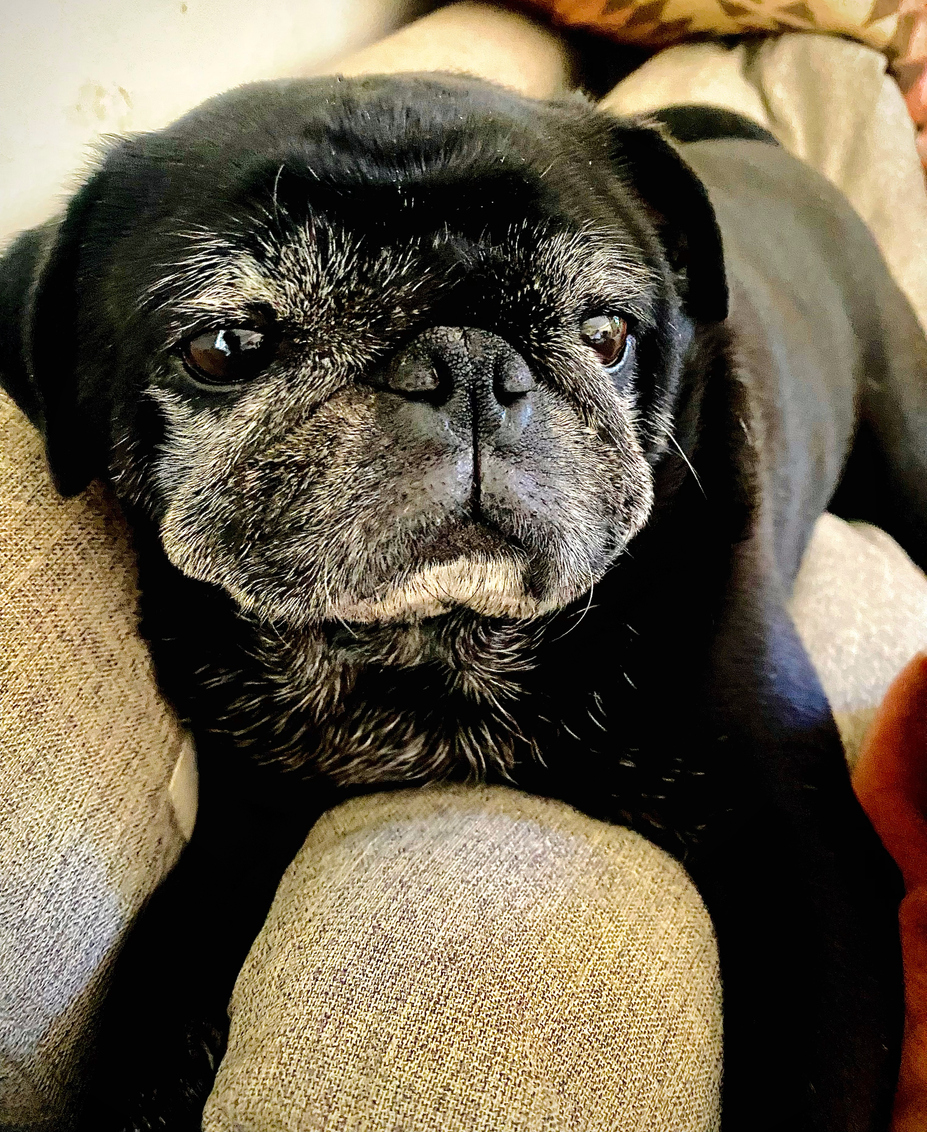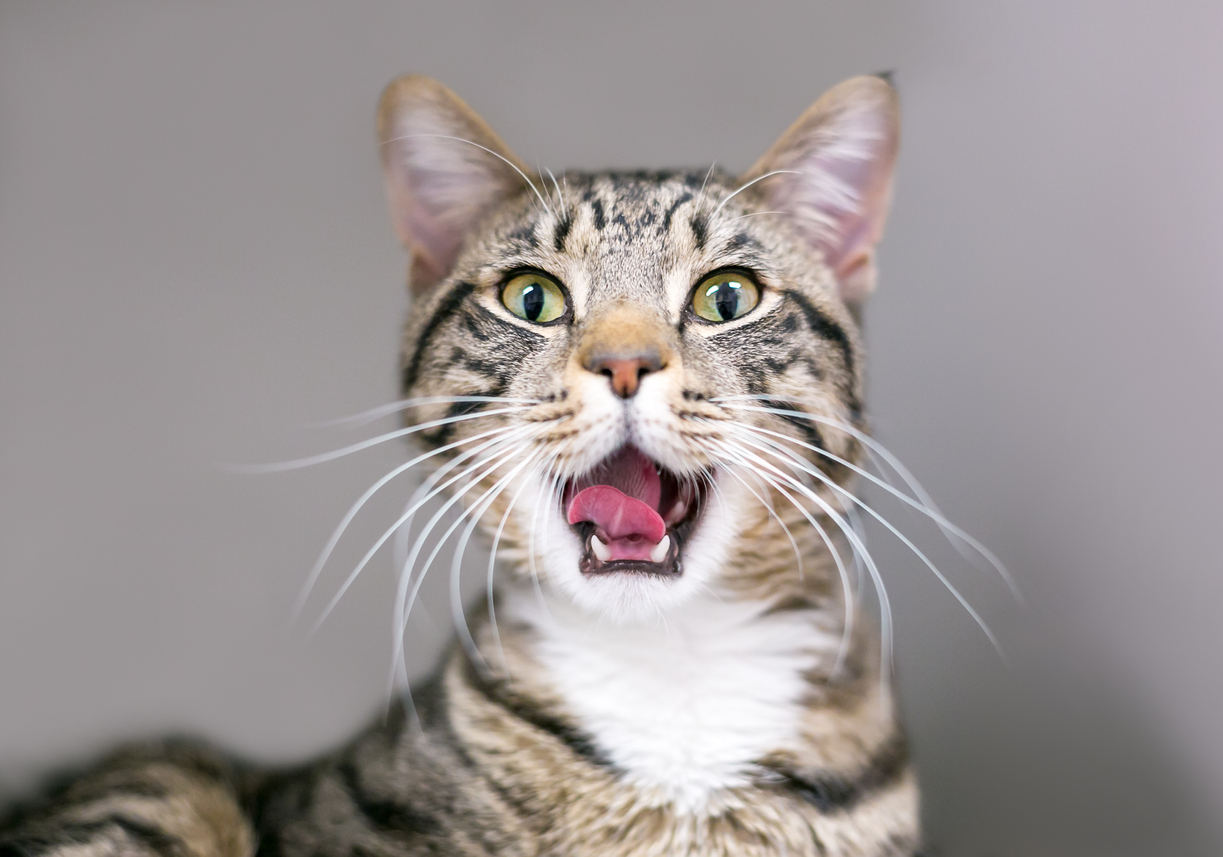Wound Care
What is a wound?
A wound is an injury causing damage to the skin and/or the underlying tissues. It can be an open wound, such as a cut, or a closed wound, such as a contusion or bruise.
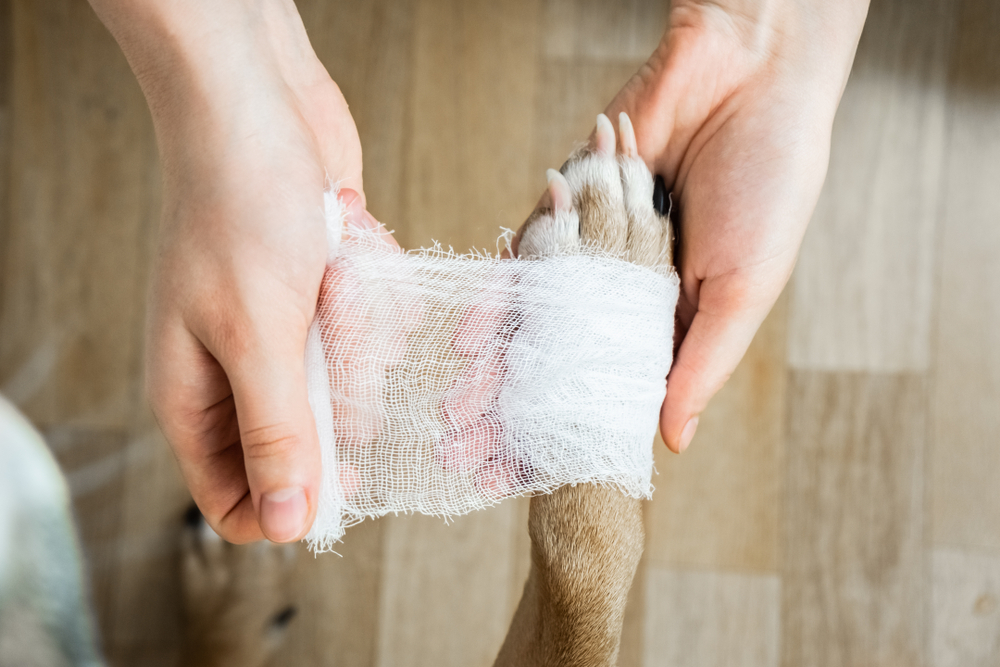
What should I do if my pet’s wound is bleeding?
Initially, attempt to stop the bleeding by applying direct pressure to the wound with an absorbent dressing, such as dry gauze, followed by a layer of bandage material or a clean, dry cloth. This will protect the wound during transport to the veterinary clinic and prevent any further contamination of the injury.
If possible, try to raise the affected area above the level of the heart. This will help reduce the flow of blood to the bleeding area. Do not apply ointments, creams, disinfectants, or any other chemicals to the wound (unless directed by your veterinarian), as they can interfere with healing.
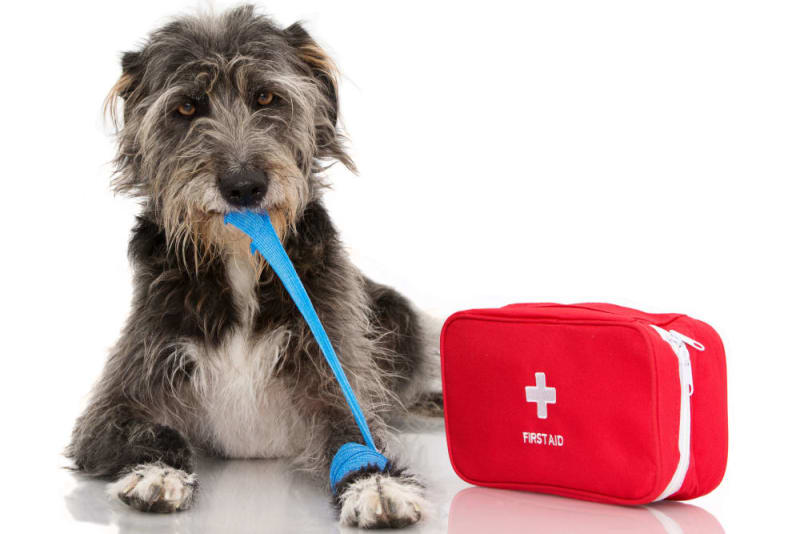
Why are some wounds left open?
Sometimes, the location or the amount of skin loss prevents surgical closure or bandaging (wounds on the face or high up on the leg). Puncture wounds or other trauma can force bacteria deep into the tissues. A contaminated wound that is more than a few hours old should never be closed without surgical debridement (removal of all contaminated or dead tissue), and in some cases, this may result in more permanent damage than treating the wound medically and leaving it open to heal.
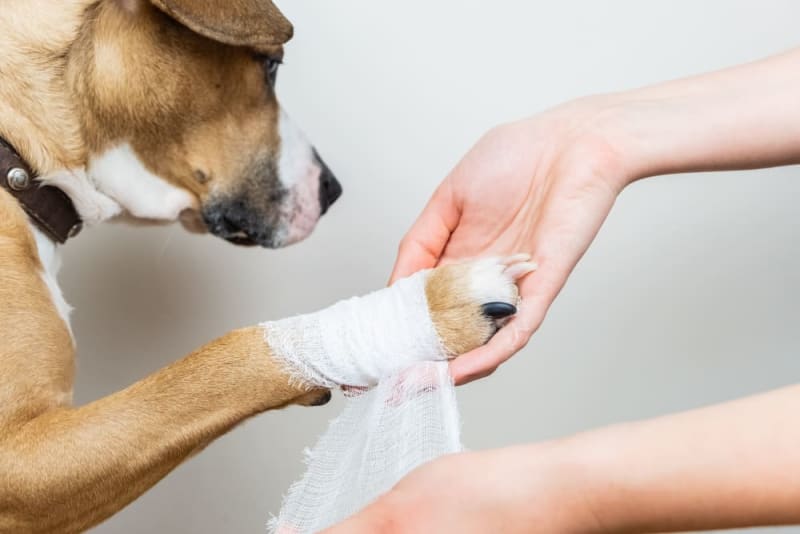
How will my pet’s wound be treated?
Abscesses may be lanced and cleaned under heavy sedation or anesthesia. A latex drain will be placed to prevent the wound from closing too quickly to allow proper drainage and prevent further build-up of infection.
Wherever possible, a wound will be closed and sutured in order to speed healing. However, if there is gross contamination or deep infection present, the wound will be left open for topical treatment and to ensure drainage. Your veterinarian may need to anesthetize your pet to remove foreign material and dead tissue from the wound. If the wound cannot be surgically closed, your veterinarian may apply a protective bandage if possible. Your pet will also receive oral or injectable antibiotics.
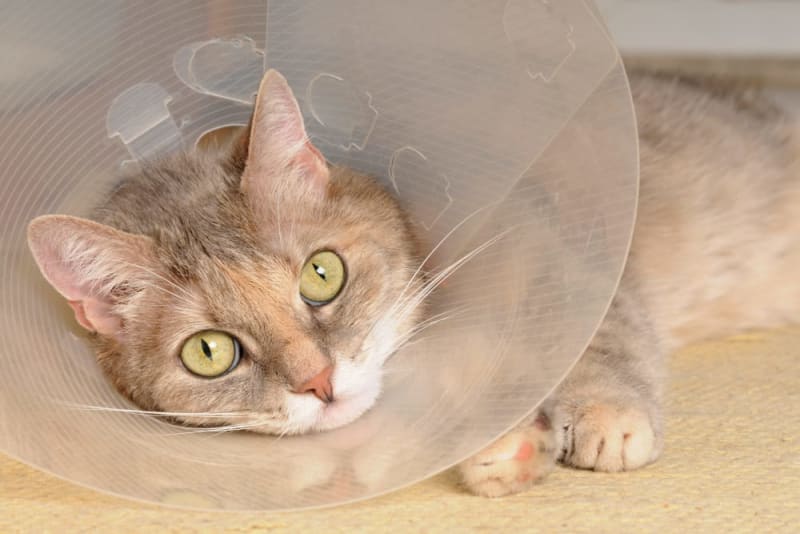
How should I care for my pet’s open wound?
Your veterinarian will provide you with specific instructions. Some general care guidelines include:
Gently clean the wound and surrounding area to remove any crusty or sticky debris. This will keep the wound edges clean, reduce the potential for re-infection, and allow new healthy tissue to develop.
Administer all of the medications as prescribed. Your veterinarian may prescribe antibiotics or suitable antibiotic cream to apply to the wound. Do not discontinue antibiotics for any reason unless you have been specifically instructed to do so by your veterinarian.
Your pet should not be allowed to lick or chew the open wound. Many pets will require a protective collar to prevent them from injuring the site. Other options, depending on the location of the wound, include covering the wound with a bandage, a stockinette, a coat, or a t-shirt.
Prevent the skin from healing over the wound too quickly. This is particularly important with abscesses that have been lanced and drained surgically. If the wound closes prematurely, the risk of recurrence increases.

